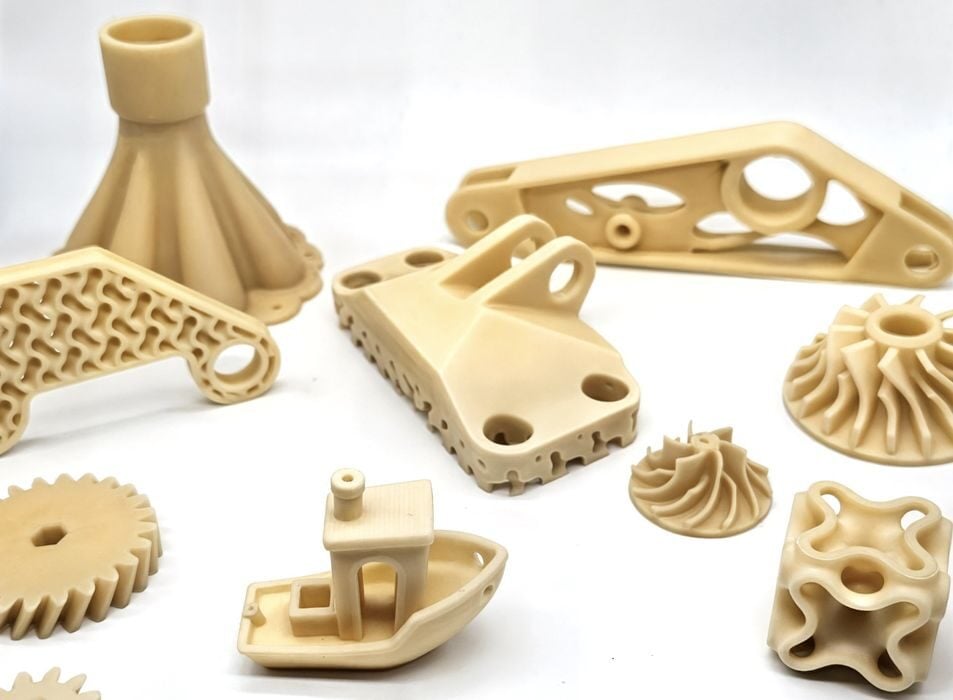
An unusual partnership has resulted in a powerful new resin for 3D printing.
The parties include Tethon 3D and Polyspectra.
Tethon 3D is well known for producing a wide range of ceramic 3D resins. They offer what is almost certainly the largest selection of products in this area.
Polyspectra is a producer of resin for 3D printing as well, but they are very, very different from your typical resin provider.
Virtually all 3D printer resins use acrylates as the base material. Combined with various additives, this material can be made into many different types of end-product resins for printing. However, there’s a problem: acrylate resins tend to produce brittle parts. I’m sure you’ve noticed this if you operate a resin 3D printer.
Polyspectra does NOT use acrylate. Instead, they’ve devised their own chemistry using cyclic olefins, which is not nearly as brittle. It’s a highly unusual resin because it must be stored in a fridge and cured with a microwave instead of the usual UV light bath.
The company subsequently announced a production-grade resin that is incredibly strong, COR Zero. Parts made from this material are so strong they can literally be put in a blender and survive.
Now there’s a partnership between the two companies to produce a very unique resin: ThOR 10.
ThOR 10 is also based on cyclic olefin resin and is a composite photopolymer. In other words, they’ve mixed in a glass filler to make the material incredibly strong. Polyspectra explains:
“A standout feature of ThOR 10 is its powerful combination of mechanical robustness and thermal endurance. It achieves substantial toughness, demonstrated by a Notched Izod impact strength of 55 J/m and an impressive elongation at break exceeding 20%, allowing parts to absorb energy without fracturing easily. Crucially, this durability is maintained at elevated operating temperatures thanks to a high Glass Transition Temperature (Tg) of 131°C. This unique trifecta makes ThOR 10 exceptionally well-suited for functional components facing both mechanical stresses and heat.”
There’s been considerable interest in composite materials in FFF and FGF 3D printing over the past few years, as that allows for applications requiring very strong parts. Sometimes the strength of these composite parts rivals that of metal parts.
However, up to now it hasn’t been an option in resin 3D printing, which has suffered from brittle materials right from the start.
That could all change with ThOR 10 and subsequent variations. We could see industry adopt this material for production applications, which might generate a massive amount of sales for Polyspectra: prototyping involves few prints, but manufacturing generates thousands.
Via Polyspectra and Tethon 3D
